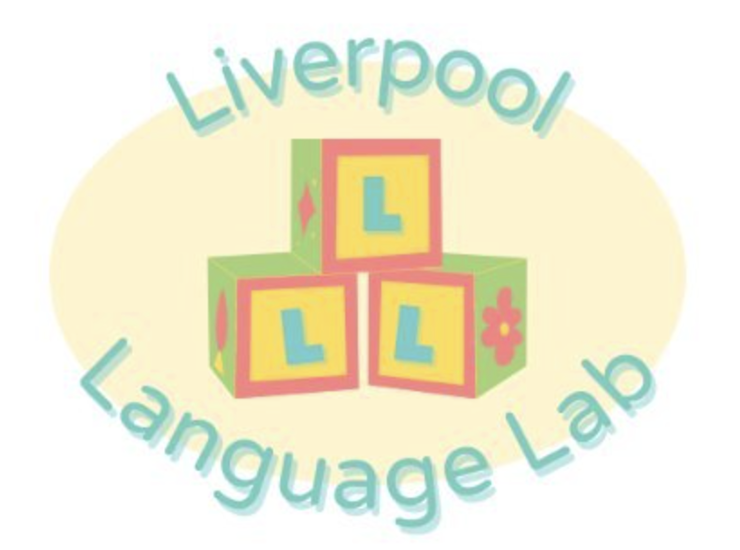
My six-week LuCiD summer internship was conducted at the University of Liverpool’s Language Lab and supervised by Dr Jill Lany. The project I contributed to aimed to build on previous research into statistical word segmentation in infants by replicating a previous study using a different methodological procedure.
Previous Research and Study Background
Previous research into this topic has shown that infants as young as 8 month old can segment words from fluent speech using a type of statistical learning called transitional probabilities (TPs). A TP is the probability of one syllable following another, and a high TP is likely to indicate a word. The seminal study conducted by Saffran et al. (1996) showed that 8 month olds can easily segment nonsense target words from non-words in constant speech, and can even distinguish between nonsense target words and nonsense part words. Since then, much research has been done to explore the effects on TPs for word segmentation in infants, such as varying the word lengths (e.g. Mersad & Nazzi, 2012) and using different types of statistical learning (e.g. Conway & Christiansen, 2005). The aim of our study was to replicate Pelucchi et al’s. (2009) experiment, where they discovered that 8 month old English-learning infants are able to track TPs in fluent Italian and segment the target words. A difference between our study and the original study is that we utilised an eye tracker instead of the Head Turn Preference Procedure, as this gives a more accurate measurement of looking time than manual input. The main hypothesis for our study was for infants to look longer at high TP words than low TP words after familiarisation, showing successful segmentation.
My Internship Responsibilities
During the course of the internship, I had a range of responsibilities. One of my main roles was data inputting, which including adding new parents to the Language Lab database, contacting parents with eligible infants to take part in the study, making testing packs and adding participant information, test results and questionnaire data into various spreadsheets. I also had the role of setting up the computers and eye tracker for each experiment, and as the internship progressed, I eventually became confident enough to run the eye tracking experiment and have more individual interaction with the parents and infants. I also had some additional roles outside the main study, such as creating stimuli for another statistical segmentation study that was presented at LCICD and helping out during an infant EEG experiment.
Data Analysis and Reflection
During the time I spent doing the internship, I was lucky enough to be able to take part in some data analysis and see some preliminary results. Unfortunately, we were unable to replicate the significant results from the Pelucchi et al. (2009) paper, which is likely due to our study being underpowered. Nevertheless, our study is still of importance as it is the first to examine statistical learning in natural language using an eye tracker paradigm. I truly enjoyed my experience during this summer internship as it allowed me to experience all the work that goes into research in the area of language development before it can be published, along with meeting other researchers in the department and listening in on presentations of their work. The skills I have gained will benefit me not only in my third year project, but also in a future research-related career in language development.

